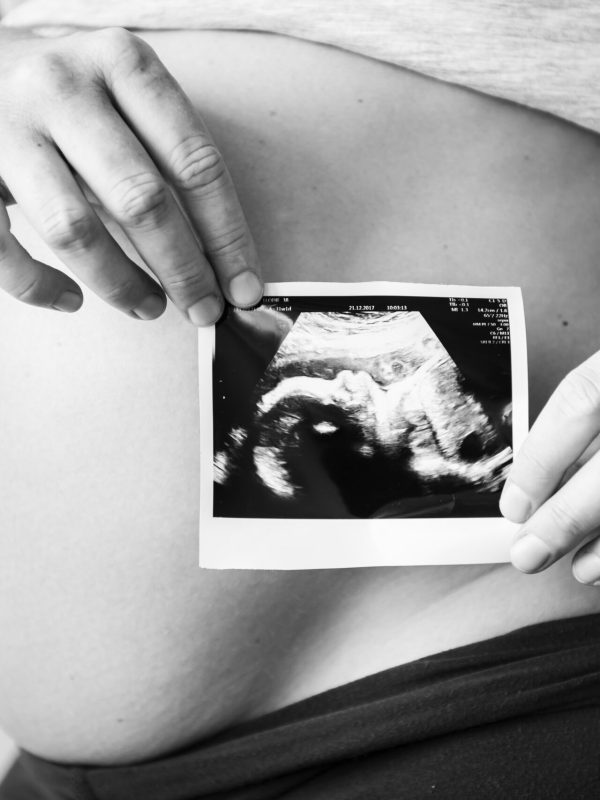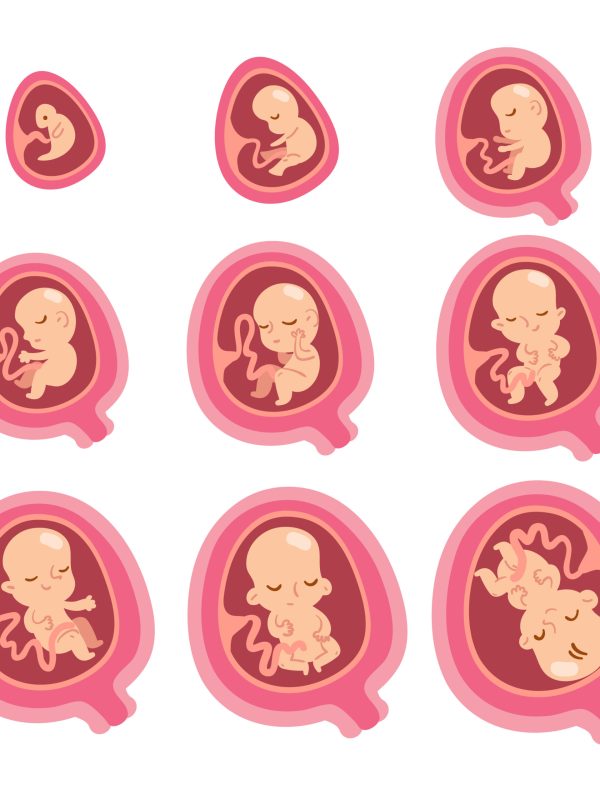Immune fertility guide
Observations of an immune fertility doctor, I
Contents
Part 1: The normal immune reaction during pregnancy
Notes and observations of an immune fertility doctor
It is well observed that during every pregnancy there is a degree of immune suppression, necessary to make the body susceptible (friendly) to pregnancy and to help the embryo develop normally.
The normal immune reaction during implantation
In any pregnancy, at the time of the implantation, the first real contact between the embryo and the woman’s body occurs. The woman’s immune system, when reacting normally, recognizes the embryo as a foreign body, for the very simple reason that half of it is made from different genetic material derived from the father.
On the 5th or 6th day of the embryo’s life it starts invading the uterus. At this point, every woman’s immune system will have an immediate reaction towards the implantation site. In most cases the intensity of reaction is normal, and a healthy pregnancy continues. The immune reaction at this stage can be observed accurately through specific immunological blood tests as well as indicated in some simpler blood tests.
I am convinced that this normal immune reaction is strongly related to achieving successful implantation. When the embryo touches the final implantation site, the immune system immediately reacts by increasing the number of the activated Natural Killer cells and other immunological factors, creating an inflamed area around the implantation site, suitable for the embryo to stick, invade successfully and to create the necessary structures to develop.

Characteristics of a normal immune reaction
There are two main characteristics of a normal immune reaction:
1. The reaction is localised
The extent of immune reaction must be as contained and isolated as possible which practically means that the smallest degree of irritation takes place by the immune system.
2. The reaction is short-lived
It should last only a few hours. A normal period of reaction should last from 24 up to 48 hours. This time frame is enough for the embryo to implant successfully. Following this initial reaction and implantation, the immune system should calm down and over the next few days settle further to reach a new safe level, optimal for the augmentation of the pregnancy and the mother. This level is different compared to what we call a “normal” (i.e. non-pregnant) immune level.

Detecting the immune reaction
During this period, many pregnant women can pick up on their immune system reaction through the presentation of ‘telling’ indicators. These include a sore throat, short-term rises in body temperature, night sweats, mood changes – anxiety or irritability, or even in general, an ongoing unexplained feeling that something is going wrong.
Many of the above reactions can be observed with a high degree of accuracy with specific immune blood tests but due to practical reasons (short-duration, time for testing, costs and logistics) close monitoring of the immune reaction during implantation is not easy.
A new immune monitoring approach
Over the last few years, I focused on developing an alternative immune monitoring approach which would use simpler blood tests, give faster results and be more cost-effective. I then incorporated regular feedback from the pregnant women alongside the new immune blood tests to achieve strong predictive indicators of their immunological status. This approach requires close monitoring and frequent reporting from the woman’s side, mainly regarding their feelings and symptoms.
This new approach has multiple benefits –
It simplifies the diagnostic and monitoring process, the preparation for pregnancy and the monitoring of the immunological reactions during pregnancy.
It makes the entire procedure easier and more accessible to all patients.
It reduces the necessity for assisted conception treatments, particularly for cases of unexplained infertility or recurrent miscarriage.
It increases the success rates of all assisted conception treatments.

Part 2: The pendulum that is the immune system
Understanding how our immune system fluctuates around an equilibrium state, like the movement of a pendulum, is key in addressing the immune problems of infertility
Equilibrium and fluctuations of the immune system
The key before we try and alter the immune status for conception and pregnancy, is to understand how our immune system works at these times. Like everything in our body, the status of the immune system is constantly fluctuating. Indeed, there are periods in life when our immune system loses its fine balance and overreacts or underreacts outside normal limits. At other times, it reaches an equilibrium and stabilises. The frequency and the intensity of any periods of instability depend largely on inherited characteristics for each person and also to a lesser extent environmental variables play an important role.

The pendulum movement
The immune system is one of the few systems in our body that we still don’t yet fully understand. We have studied only some parts of its complex functionality and mechanisms, and we haven’t yet managed to piece together a detailed specification of how it works, reacts to different variables and interplays with other systems in our body. However, what researchers do agree on is that it is a ‘big player’ in our overall well-being and body functionality.
The more I try to create a conceptual image of how the immune system works, so more strongly I am drawn to the comparison with the movements of a pendulum.
The majority of people have an immune system that has limits to its movement. As long as it stays within these limits, the effect is normal, including the slight variation in immune status in between these limits (from strong to weak, but always within normal limits).

Some people, however, exhibit irregular or acute immunological reactions. These reactions can appear quickly, vary in duration from hours to weeks, and are always followed by a mirroring drop reaction that exhibits the same characteristics.
I.e., If the immune reaction was excessive and over the ‘normal’ limit, then the ensuing dropping reaction is equally extreme passing below the ‘normal’ lower limit. It is rather like a pendulum movement, where the normal fluctuation of an immune system occurs within the zone of the pendulum movement and outside these limits are the dysfunctionally weak and strong zones of ‘abnormal’ immune reaction.
In comparison, in a healthy immune-balanced woman, as represented by the swinging pendulum, the normal reaction of an immune system is not static, it is constantly correcting and making minor adjustments between weaker and stronger reactions while always remaining within the moderate zone limits of a ‘normal’ reaction.
In most cases of abnormal immune system, the reaction is gradual, and depends on the sensitivity of the immune system as well as the intensity of the irritation caused by the embryo itself.
I have observed that the immune system status can be altered with medications. It should be noted that different immune medications affect various parts of the immune system and its reaction in different ways. It is important that these differences are taken into account during the formation of any treatment plan.

Part 3: Planting the sticky bean
The process of implantation can be compared to the planting of a small bean. If the 'sticky bean' embryo is to grow, the immune system needs to prepare the uterine implantation site in much the same way.
Speaking figuratively, you could imagine the process of implantation rather like planting a flower.
To plant a flower, initially we need to dig a hole and till the soil carefully so that it is crumbly, and suitable for the seed to grow in. In the same way, the immune system needs to prepare the implantation site in the uterus where the embryo will grow.
Then, we must put the seed in the hole, cover it and water it to create the ideal environment for the seed to germinate. The immune system must do the same after the implantation of the embryo for it to grow.
Unfortunately, for some women, the digging doesn’t stop, and the immune system continues to create more and more inflammation at the site. This has the result that it stops the embryo from growing. As the digging continues, the early seed roots are destroyed, and the seed ceases to grow. And so, the embryo also fails to thrive in the same way.

